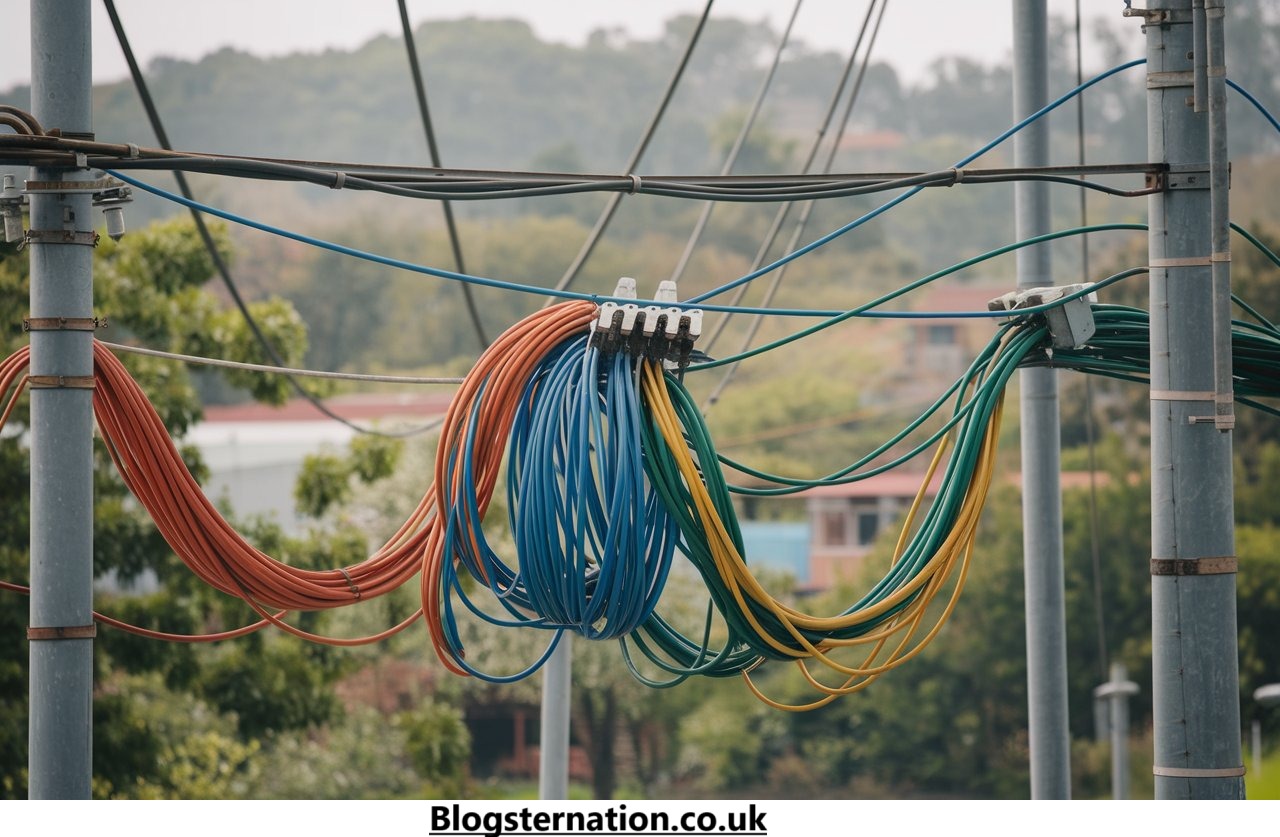127.0.0.1:49342: Everything You Need to Know

When you hear “127.0.0.1:49342,” you might wonder, what does it mean? Is it just a jumble of numbers, or does it have a deeper significance in the world of networking? Whether you’re a developer, a tech enthusiast, or simply someone curious about how the internet works, this article will break it all down for you in an easy-to-understand way.
In this article we’ll explore the meaning, functionality, and practical applications of this seemingly random combination of numbers.
What Is 127.0.0.1?
Let’s start with the basics: “127.0.0.1” is commonly referred to as the “localhost.” It’s a reserved IP address that points to your own computer. Think of it as a loopback address—a way for your computer to talk to itself. This is a standard part of the Internet Protocol (IP) suite and is primarily used for testing and debugging.
Why 127.0.0.1?
The number 127 is part of a special group of IP addresses used for testing and connecting to your own computer. This ensures that the traffic stays within your local machine and never leaves it. It’s the digital equivalent of calling yourself on your own phone.
Key Characteristics of 127.0.0.1:
- Local Only: It works only on your computer and doesn’t communicate with external networks.
- Universal: This address is consistent across all devices and operating systems.
- Safe for Testing: It’s isolated, making it ideal for debugging without interfering with other systems.
What Is the Significance of 49342?
The number ‘49342’ in ‘127.0.0.1:49342’ is known as the port number. Think of ports as doorways that allow data to go in and out. While the IP address identifies the device, the port specifies the particular service or application running on that device.
Why Do We Need Ports?
Think of ports as doors to your computer. While the IP address is like the street address of a building, the port is like a specific apartment number. Each port is dedicated to a specific service or application, ensuring that data is routed to the correct program.
For example:
- Port 80: Commonly used for HTTP (web traffic).
- Port 443: Handles secure website connections using HTTPS.
- Port 22: Used for secure remote access to servers via SSH.
Port 49342 is a dynamically assigned or ephemeral port. These ports are temporarily allocated to applications for short-term use, such as establishing a connection between a client and a server.
How Does 127.0.0.1:49342 Work?
When an application on your computer needs to communicate with another application, either on the same machine or over the internet, it uses IP addresses and ports to establish a connection. Here’s how it works in the context of 127.0.0.1:49342:
The Application Starts
The application starts by connecting to the loopback address (127.0.0.1) and a specific port (49342), like how a local web server sets itself up.
A Connection Is Made
When you access 127.0.0.1:49342 through your browser or another client, your request is sent to the application listening on that port.
Data Exchange Happens
The application processes the request and sends back the appropriate response—all within your local machine.
Connection Closes
After the task is done, the connection is closed, and the port becomes available for use again.
Why Is 127.0.0.1:49342 Useful?
1. Local Testing and Development
Developers frequently use localhost and dynamic ports like 49342 for testing applications. For instance, when creating a web app, you might run a local server on 127.0.0.1:49342 to see how it behaves before deploying it to a live environment.
2. Improved Security
Because localhost traffic never leaves your computer, it’s inherently more secure. You can test sensitive applications without exposing them to the internet.
3. Faster Communication
Since the communication happens entirely within your computer, it’s faster than routing data through an external network.
4. Debugging and Diagnostics
Loopback addresses and dynamic ports are essential tools for diagnosing network issues. They let you isolate problems and test configurations without external interference.
Common Issues with 127.0.0.1:49342 (and How to Fix Them)
Despite its utility, you might encounter some challenges when working with localhost and dynamic ports. Some issues and their solutions:
1. Port Already in Use
- Cause: Another application is already using port 49342.
- Solution: Use tools like
netstatorlsofto identify the conflicting application and either stop it or assign a different port.
2. Firewall Blocking
- Cause: Your firewall might block localhost connections.
- Solution: Update your firewall rules to allow traffic on 127.0.0.1 and the specific port.
3. Service Not Running
- Cause: The application bound to 127.0.0.1:49342 is not active.
- Solution: Ensure the application or service is running and correctly configured.
4. Incorrect Port Number
- Cause: You’re trying to access the wrong port.
- Solution: Double-check the application’s configuration to confirm the correct port.
Advanced Concepts
For those looking to dive deeper into the world of localhost and ports, here are some advanced topics worth exploring:
1. Port Forwarding
- Redirect traffic from one port to another or from localhost to an external network.
- Useful for making local applications accessible remotely.
2. Virtual Hosts
- Run multiple applications on the same localhost address but different ports.
- Example: Hosting both a web server and an API locally.
3. Dynamic Port Allocation
- Learn how operating systems assign ephemeral ports dynamically.
- Explore how services like Docker or Kubernetes manage port allocations.
Practical Examples
1. Running a Local Web Server
If you’re a developer, you might use tools like Python’s built-in HTTP server to test a web application locally:
python -m http.server 49342Open your browser and go to 127.0.0.1:49342.
2. Testing APIs
Use tools like Postman or cURL to interact with APIs running locally on 127.0.0.1:49342.
3. Debugging Applications
Monitor traffic and diagnose issues using tools like Wireshark or Fiddler, focusing on localhost traffic.
Conclusion
127.0.0.1:49342 might seem like a random string of numbers, but it’s a powerful tool in the world of networking and development. From testing and debugging to enhancing security and performance, it plays a crucial role in how we interact with applications locally. Whether you’re just starting out or diving into advanced concepts, understanding localhost and ports is an essential skill for anyone working with technology.
So next time you see “127.0.0.1:49342,” you’ll know it’s not just numbers; it’s a gateway to endless possibilities in local development and testing.
FAQs
1. What is 127.0.0.1:49342 used for? It’s used for local communication between applications on your computer, often for testing and development purposes.
2. Can I change the port number? Yes, you can configure your application to use a different port if 49342 is unavailable or doesn’t suit your needs.
3. Is localhost traffic secure? Generally, yes. Localhost traffic doesn’t leave your computer, reducing exposure to external threats.
4. How do I check what’s running on port 49342? Use tools like netstat, lsof, or Task Manager to identify active connections and their corresponding applications.
5. What happens if I try to access 127.0.0.1:49342 from another device? It won’t work. Localhost is restricted to the machine it’s running on.



